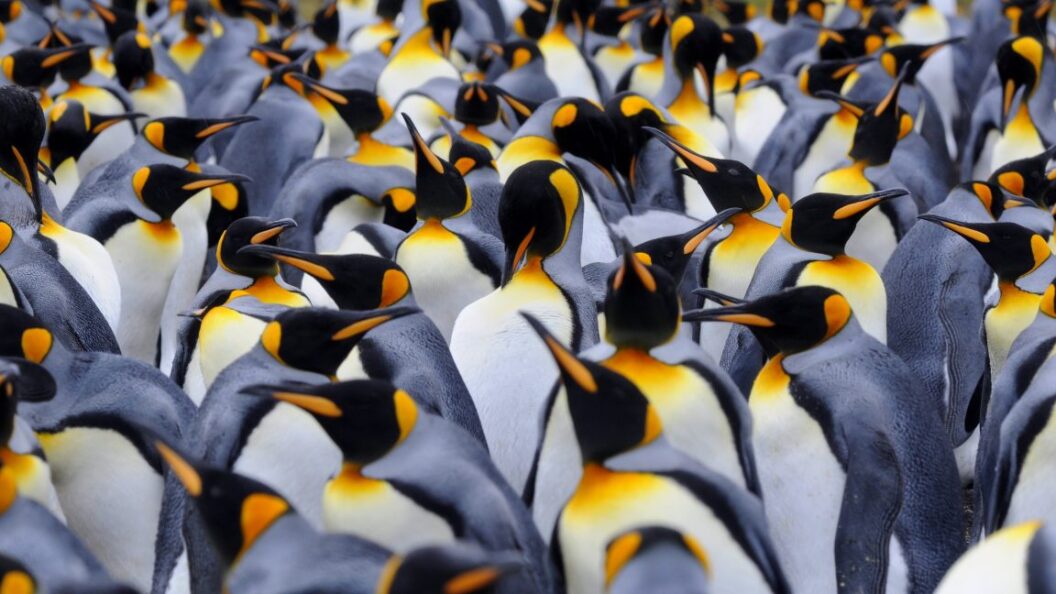The Role of Penguin Guano in Climate Dynamics
Recent research highlights the significant impact of penguin guano on the climate of Antarctica, specifically regarding its effects on atmospheric particle formation. This study, led by environmental scientist Boyer, reveals that the ammonia present in guano plays a crucial role in enhancing the rate at which new atmospheric particles are formed, which can influence cloud dynamics and climate regulations.
Ammonia and Particle Formation
Boyer emphasizes that while the ammonia from guano does not directly create atmospheric particles, it significantly supercharges the particle formation process initiated by dimethyl sulfide (DMS) produced by phytoplankton. "Without ammonia, sulfuric acid can form new particles, but with ammonia, it’s 1,000 times faster," he stated, underscoring the remarkable acceleration of particle creation underlining this phenomenon. This rapid particle formation is particularly crucial in Antarctica, where traditional sources of atmospheric particles—such as industrial pollution or forest emissions—are minimal.
Implications for Climate Effects
The research points out that the strength of ammonia emissions can have a pronounced effect on climate over time. As noted by Boyer, if the source of these particles changes, it can lead to significant shifts in climatic impacts. However, he cautions that further research is needed to determine whether penguin guano ultimately contributes to a net cooling effect in the climate. The study suggests that if particles generated from guano are transported out to sea, they could aid cloud formation, which tends to have a cooling effect.
Complexity of Cloud Effects
Interestingly, Boyer adds an additional layer of complexity regarding how clouds formed in this manner may interact with the polar environment. "If the clouds are over ice surfaces," he explained, "it could actually lead to warming because the clouds are less reflective than the ice beneath." This interaction suggests that rather than merely acting as a cooling agent, this cloud formation could contribute to warming under certain circumstances. As of now, the study has not quantified this effect, but Boyer indicates that it warrants future investigation.
Persistence of Ammonia Emissions
Even after the penguins leave their breeding grounds, the effects of guano persist. Notably, a month post-departure, ammonia levels in the air were still 1,000 times higher than baseline levels. "The emission of ammonia is a temperature-dependent process," Boyer explains, indicating that seasonal temperature fluctuations could influence ammonia emission patterns. He hypothesizes that as temperatures rise, the ammonia is likely to be released again, meaning that penguins effectively fertilize coasts with ammonia over time, which has broader implications for local ecosystems and atmospheric conditions.
Conclusion: Significance of the Findings
The findings of this study highlight the crucial role of penguin guano in altering atmospheric dynamics and influencing climate patterns in Antarctica. As global temperatures continue to rise, understanding the interactions between wildlife, their metabolic processes, and climate systems becomes increasingly important. While this research opens a new chapter in climate science, it also underscores the intricate and sometimes unexpected relationships within our ecosystems. The potential cooling effects of biological processes coupled with the complex interactions of clouds bring new dimensions to climate modeling, emphasizing the need for continued research in this field. This underscores a formative push toward more comprehensive studies that can unravel the tangled relationships defining our planet’s climate.









